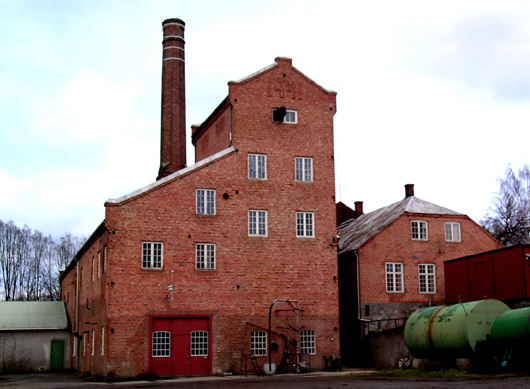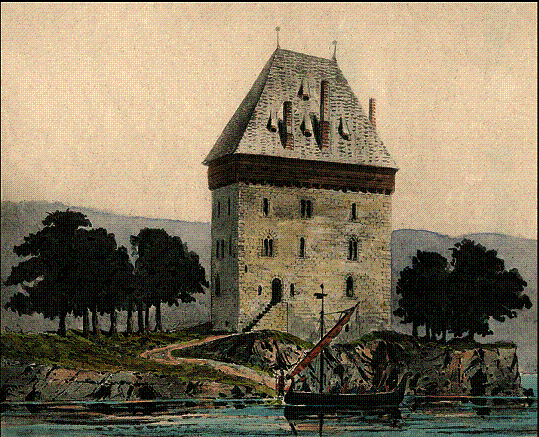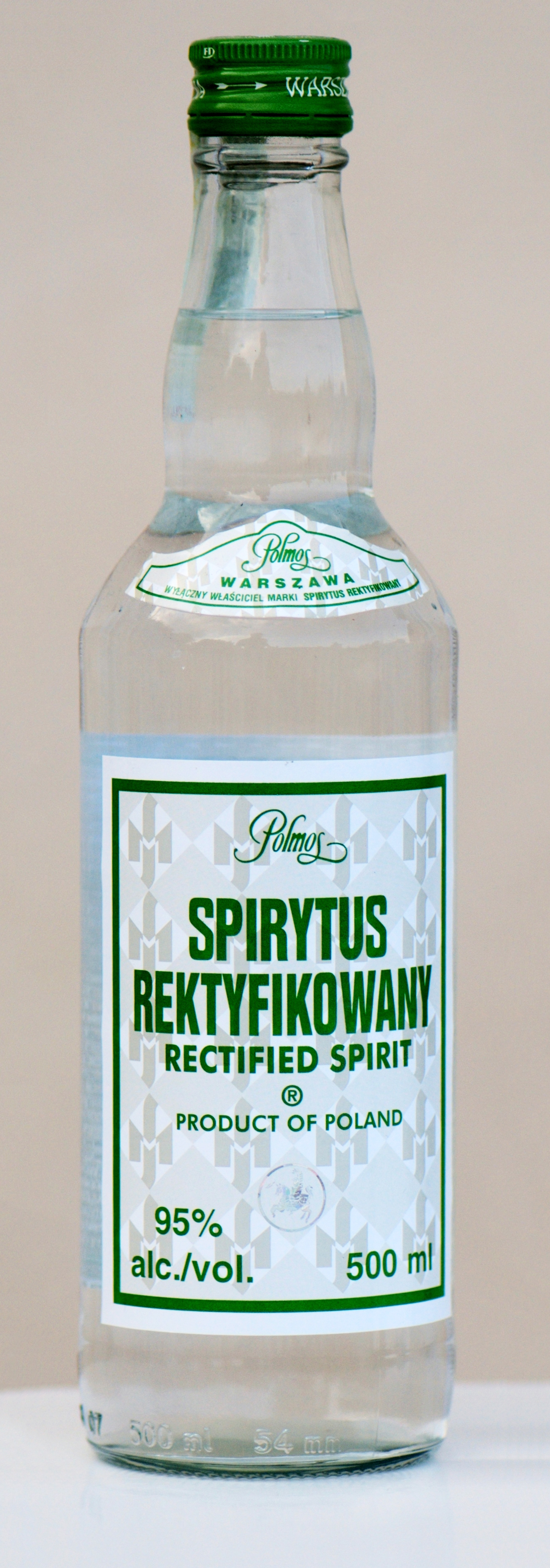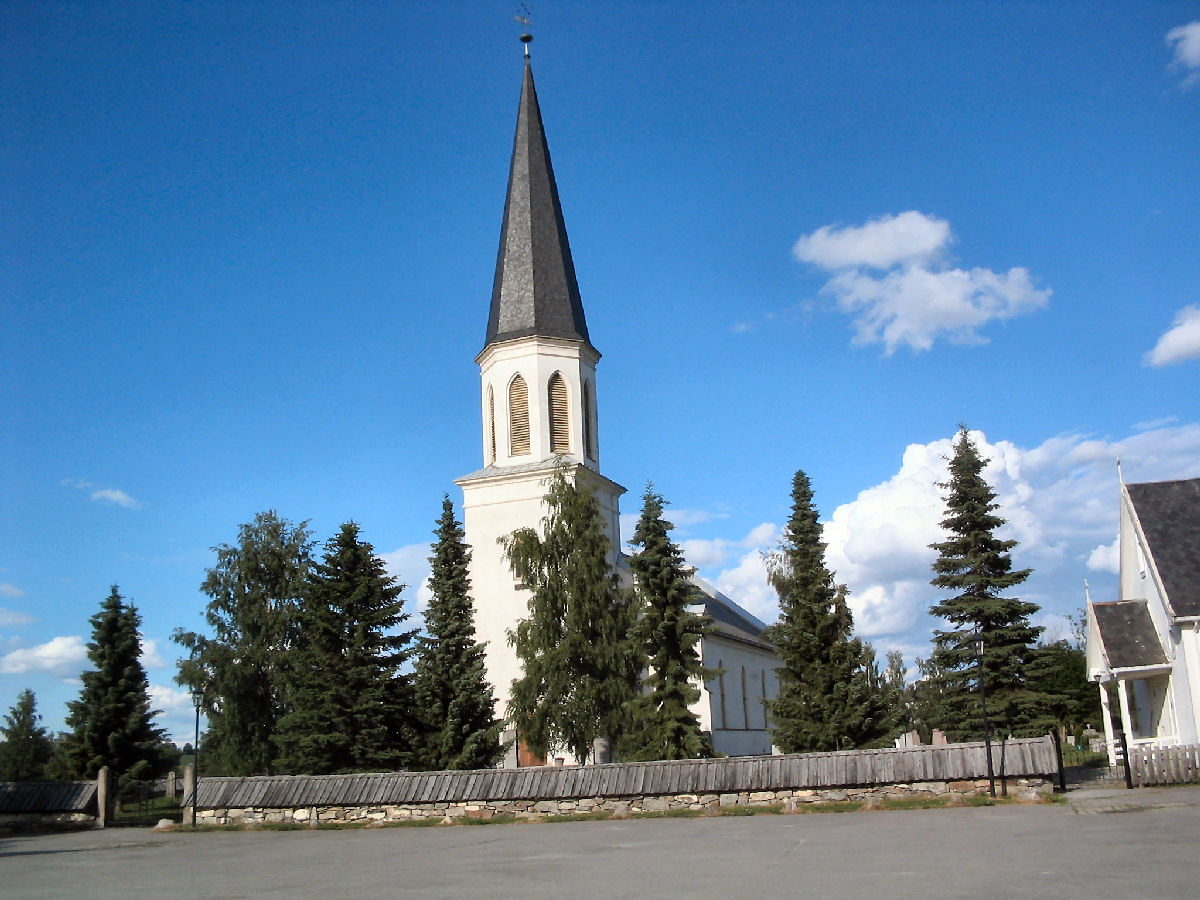|
Atlungstad Distillery
The Atlungstad Distillery ( no, Atlungstad Brenneri) is a distillery in Stange in Hedmark county, Norway. It was established in 1855 by a group of farmers. Regular distillation was discontinued in 2000, but trial runs were later carried out. In 2012, the distillery was added to the Norwegian Directorate for Cultural Heritage list of priority technical and industrial cultural heritage, after which NOK 7 million was allocated to restore the distillery to its former condition. An additional NOK 4.7 million was allocated for the distillery in 2017. It has been owned by the company Atlungstad Brenneri AS since 2011. In October 2013, the owners signed a cooperation agreement with the Arcus company that they would restart regular production of akvavit at the Atlungstad Distillery. The distillery is open for tours in the summer. History The Atlungstad Distillery was established in 1855, when a number of farmers gathered together in a cooperative society, and it replaced several smaller ... [...More Info...] [...Related Items...] OR: [Wikipedia] [Google] [Baidu] |
Stange Brenneri
is a municipality in Innlandet county, Norway. It is located in the traditional district of Hedemarken. The administrative centre of the municipality is the village of Stangebyen. Other villages include Bekkelaget, Espa, Bottenfjellet, Ilseng, Ottestad, Sandvika, Innlandet, Sandvika, Sinnerud, Starhellinga, Tangen, and Romedal (village), Romedal. The municipality is the 157th largest by area out of the 356 municipalities in Norway. Stange is the 59th most populous municipality in Norway with a population of 21,156. The municipality's population density is and its population has increased by 10.2% over the previous 10-year period. General information The parish of Stange was established as a municipality on 1 January 1838 (see formannskapsdistrikt law). During the 1960s, there were many municipal mergers across Norway due to the work of the Schei Committee. On 1 January 1964, the neighboring municipalities of Romedal (municipality), Romedal (population: 6,441) and Stange ... [...More Info...] [...Related Items...] OR: [Wikipedia] [Google] [Baidu] |
Mjøsa
Mjøsa is Norway's largest lake, as well as one of the deepest lakes in Norway and in Europe. It is the fourth-deepest lake in Norway. It is located in the southern part of Norway, about north of the city of Oslo. Its main tributary is the river Gudbrandsdalslågen flowing in from the north; the only distributary is the river Vorma in the south. Inflows would theoretically need 5.6 years to fill the lake. With an average depth of about , most of the lake's volume is under sea level. The average outflow of the lake (measured from 1931–1982) is which is about . Mjøsa contains about of water compared to the in the lake Røssvatnet, the second largest lake by volume in Norway. With a surface elevation of about , the depth of Mjøsa means that the deepest part of the basin is located approximately below sea level. This is lower than the deepest point of the sea inlet of Kattegat and the lower than the vast majority of Skagerrak off Norway's south coast. Mjøsa retains a larger ... [...More Info...] [...Related Items...] OR: [Wikipedia] [Google] [Baidu] |
Distilleries
Distillation, or classical distillation, is the process of separating the components or substances from a liquid mixture by using selective boiling and condensation, usually inside an apparatus known as a still. Dry distillation is the heating of solid materials to produce gaseous products (which may condense into liquids or solids); this may involve chemical changes such as destructive distillation or cracking. Distillation may result in essentially complete separation (resulting in nearly pure components), or it may be a partial separation that increases the concentration of selected components; in either case, the process exploits differences in the relative volatility of the mixture's components. In industrial applications, distillation is a unit operation of practically universal importance, but is a physical separation process, not a chemical reaction. An installation used for distillation, especially of distilled beverages, is a distillery. Distillation includes the fol ... [...More Info...] [...Related Items...] OR: [Wikipedia] [Google] [Baidu] |
Manufacturing Companies Established In 1855
Manufacturing is the creation or production of goods with the help of equipment, labor, machines, tools, and chemical or biological processing or formulation. It is the essence of secondary sector of the economy. The term may refer to a range of human activity, from handicraft to high-tech, but it is most commonly applied to industrial design, in which raw materials from the primary sector are transformed into finished goods on a large scale. Such goods may be sold to other manufacturers for the production of other more complex products (such as aircraft, household appliances, furniture, sports equipment or automobiles), or distributed via the tertiary industry to end users and consumers (usually through wholesalers, who in turn sell to retailers, who then sell them to individual customers). Manufacturing engineering is the field of engineering that designs and optimizes the manufacturing process, or the steps through which raw materials are transformed into a final product. T ... [...More Info...] [...Related Items...] OR: [Wikipedia] [Google] [Baidu] |
Cultural Heritage Of Norway
Culture () is an umbrella term which encompasses the social behavior, institutions, and norms found in human societies, as well as the knowledge, beliefs, arts, laws, customs, capabilities, and habits of the individuals in these groups.Tylor, Edward. (1871). Primitive Culture. Vol 1. New York: J.P. Putnam's Son Culture is often originated from or attributed to a specific region or location. Humans acquire culture through the learning processes of enculturation and socialization, which is shown by the diversity of cultures across societies. A cultural norm codifies acceptable conduct in society; it serves as a guideline for behavior, dress, language, and demeanor in a situation, which serves as a template for expectations in a social group. Accepting only a monoculture in a social group can bear risks, just as a single species can wither in the face of environmental change, for lack of functional responses to the change. Thus in military culture, valor is counted a typical be ... [...More Info...] [...Related Items...] OR: [Wikipedia] [Google] [Baidu] |
HOFF Norske Potetindustrier
HOFF SA is a Norwegian agricultural cooperative processing and distributing potato produce. The company is owned by 4,000 farmers and has plants in Inderøy (Sundnes Brenneri), Gjøvik, Brumunddal, and Klepp. The company processes one third of the potato production in the country. The main products are frozen, fresh and canned potatoes, including french fries, potato starch flour and potato chips. Other products include oil, spice, onion and akvavit. In total the company produces about 100 products. History The first industrialized production with potato started in 1848 when private distilling of liquor was banned. In 1879 Brennerienes Forening was created, as the first sector to be organised as a cooperative A cooperative (also known as co-operative, co-op, or coop) is "an autonomous association of persons united voluntarily to meet their common economic, social and cultural needs and aspirations through a jointly owned and democratically-control ... in the country, alr ... [...More Info...] [...Related Items...] OR: [Wikipedia] [Google] [Baidu] |
Vinmonopolet
Vinmonopolet ( en, The Wine Monopoly), symbolized by Ⓥ and Colloquialism, colloquially shortened to Polet, is a government-owned alcoholic beverage retailer and the Alcohol monopoly, only company allowed to sell beverages containing an Alcohol by volume, alcohol content higher than 4.75% in Norway. As the arm of the Norwegian government policy to limit the citizens' consumption of alcohol, primarily by means of Excise, high cost and limited access, the primary goal of Vinmonopolet is to responsibly perform the distribution of alcoholic goods while limiting the motive of private economic profit from the alcohol industry. Equally significant is the social responsibility of Vinmonopolet, to prevent the sale of alcohol to minor (law), minors and Alcohol intoxication, visibly inebriated customers. Outlets, located across the country from cities to smaller communities, typically close business earlier than other shops, typically weekdays at 6 pm and Saturdays at 4 pm. In 2020 Vinmonop ... [...More Info...] [...Related Items...] OR: [Wikipedia] [Google] [Baidu] |
Rectified Spirit
Rectified spirit, also known as neutral spirits, rectified alcohol or ethyl alcohol of agricultural origin, is highly concentrated ethanol that has been purified by means of repeated distillation in a process called rectification. In some countries, denatured alcohol or denatured rectified spirit may commonly be available as "rectified spirit", because in some countries (though not necessarily the same) the retail of rectified alcohol in its non-denatured form is prohibited. The purity of rectified spirit has a practical limit of 97.2% ABV (95.6% by mass) when produced using conventional distillation processes, as a mixture of ethanol and water becomes a minimum-boiling azeotrope at this concentration. However, rectified spirit is typically distilled in continuous multi-column stills at 96–96.5% ABV and diluted as necessary. Ethanol is a commonly used medical alcohol''spiritus fortis'' is a medical term for ethanol with 95% ABV. Neutral spirits can be produced from grains, co ... [...More Info...] [...Related Items...] OR: [Wikipedia] [Google] [Baidu] |
Column Still
A column still, also called a continuous still, patent still or Coffey still is a variety of still consisting of two columns. Column stills can produce rectified spirit (95% ABV). Description The first column (called the analyzer) in a column still has steam rising and wash descending through several levels. The second column (called the rectifier) carries the alcohol from the wash, where it circulates until it can condense at the required strength. A column still is an example of a fractional distillation, in that it yields a narrow fraction of the distillable components. This technique is frequently employed in chemical synthesis; in this case, the component of the still responsible for the separation is a fractionating column. A continuous still can, as its name suggests, sustain a constant process of distillation. This, along with the ability to produce a higher concentration of alcohol in the final distillate, is its main advantage over a pot still, which can only work in ... [...More Info...] [...Related Items...] OR: [Wikipedia] [Google] [Baidu] |
Akvavit
''Akvavit'' or ''aquavit'' (; also ''akevitt'' in Norwegian; ''aquavit'' in English) is a distilled spirit that is principally produced in Scandinavia, where it has been produced since the 15th century. ''Akvavit'' is distilled from grain or potatoes, and is flavoured with a variety of herbs. It is also popular in Northern Germany. ''Akvavit'' gets its distinctive flavour from spices and herbs, and the dominant flavour must (according to the European Union) come from a distillate of caraway and/or dill seed. It typically contains 40% alcohol by volume or 80 proof (U.S.) The EU has established a minimum of 37.5% ABV for ''akvavit'' to be named as such. Etymology The word ''aquavit'' derives from the Latin ''aqua vitae'', "water of life." Compare the words ''whisky'' or ''whiskey'', from Gaelic ''uisce beatha'', which has the same meaning. Likewise, clear fruit brandy is called ''eau de vie'' ( French for "water of life"). Drinking culture Akvavit is an important part of Nordic d ... [...More Info...] [...Related Items...] OR: [Wikipedia] [Google] [Baidu] |
Stange
is a List of municipalities of Norway, municipality in Innlandet county, Norway. It is located in the Traditional districts of Norway, traditional district of Hedemarken. The administrative centre of the municipality is the village of Stangebyen. Other villages include Bekkelaget, Innlandet, Bekkelaget, Espa, Bottenfjellet, Ilseng, Ottestad, Sandvika, Innlandet, Sandvika, Sinnerud, Starhellinga, Tangen, and Romedal (village), Romedal. The municipality is the 157th largest by area out of the 356 municipalities in Norway. Stange is the 59th most populous municipality in Norway with a population of 21,156. The municipality's population density is and its population has increased by 10.2% over the previous 10-year period. General information The parish of Stange was established as a municipality on 1 January 1838 (see formannskapsdistrikt law). During the 1960s, there were many municipal mergers across Norway due to the work of the Schei Committee. On 1 January 1964, the neigh ... [...More Info...] [...Related Items...] OR: [Wikipedia] [Google] [Baidu] |
Arcus (company)
Arcus AS is Norway's largest wholesaler of wine and liquor. It was created when it was demerged from the state-owned wine and liquor retailer Vinmonopolet on January 1, 1996. The retailing operations were kept in Vinmonopolet; import, export, production, and storage were transferred to Arcus. In July 2001 the Norwegian Ministry of Trade and Industry sold 66% of the company to Sucra. Sucra were also in 2001 granted an option to purchase the rest of the company, which they did in 2003. In 2005 Sucra sold Arcus to the Swedish investment company Ratos, including the partial ownership of Braastad. In 2012 Danish Distillers (Aalborg Taffel, etc., Gammel Dansk) was bought from Pernod Ricard. But the akvavit brand Brøndums snaps, which was a brand of Danish Distillers since a merger in 1893, had to be divested because of the dominant position of Danish Distillers in the Danish market. This akvavit brand was sold to Finnish distillers Altia. The factory in Aalborg closed April 2015 ... [...More Info...] [...Related Items...] OR: [Wikipedia] [Google] [Baidu] |








